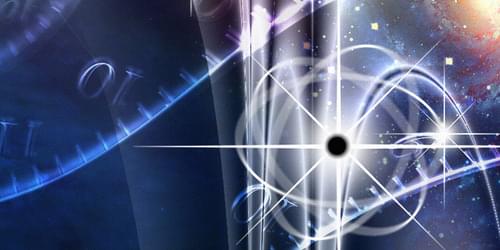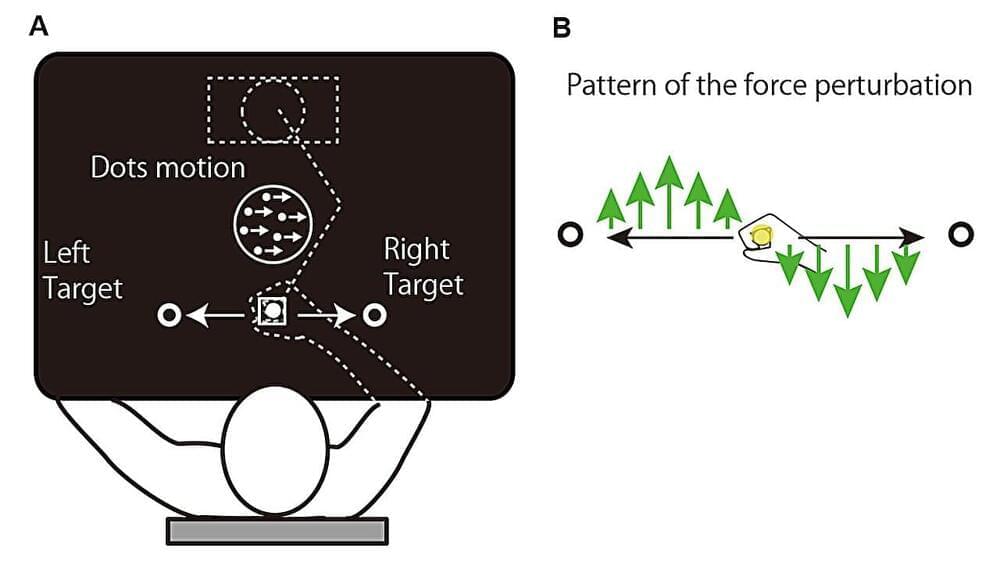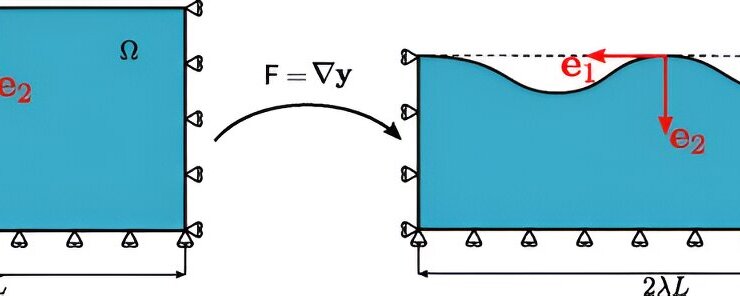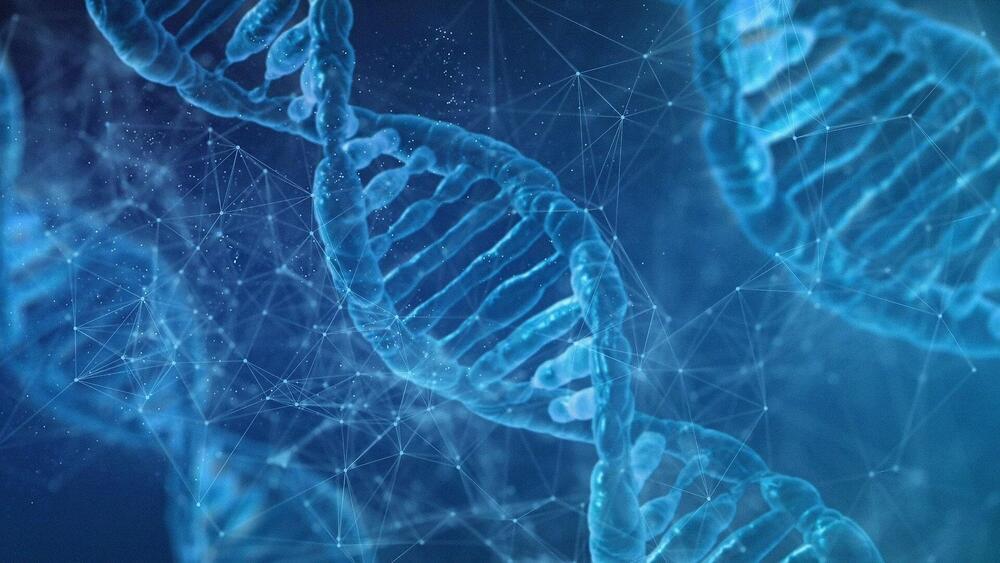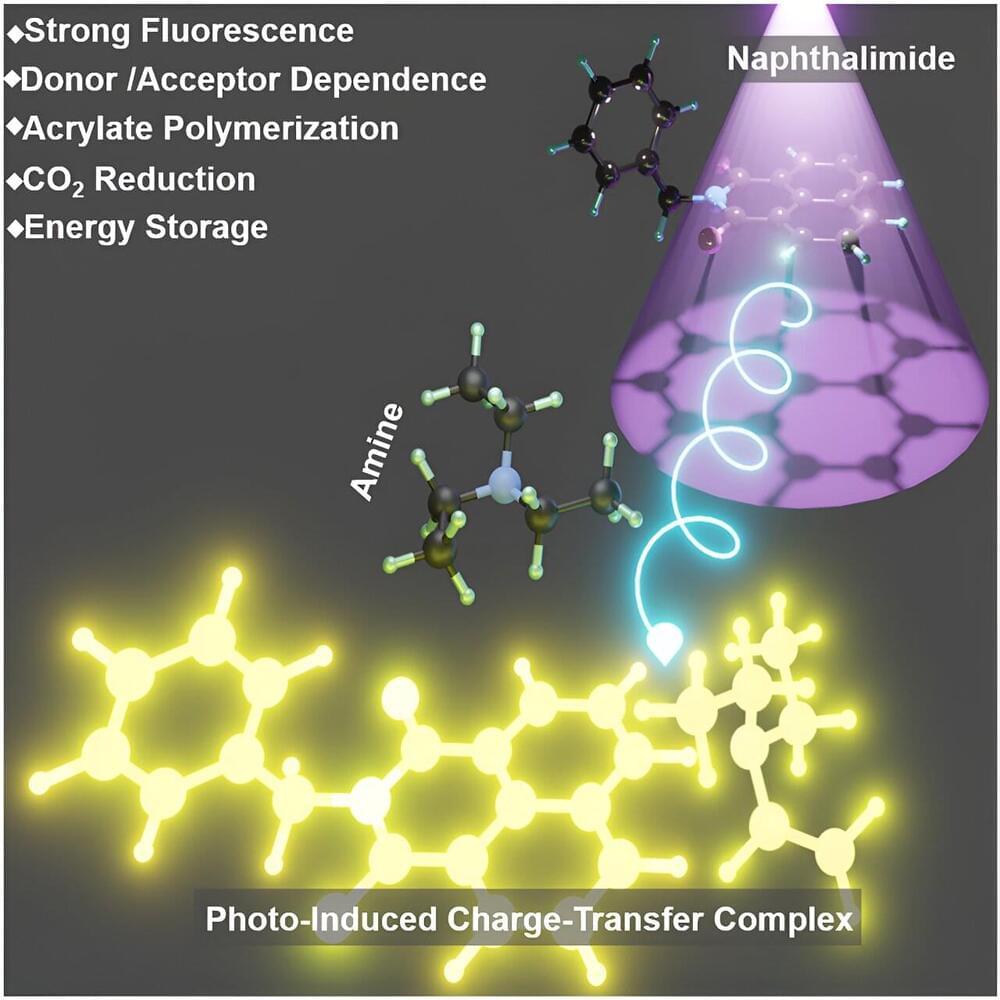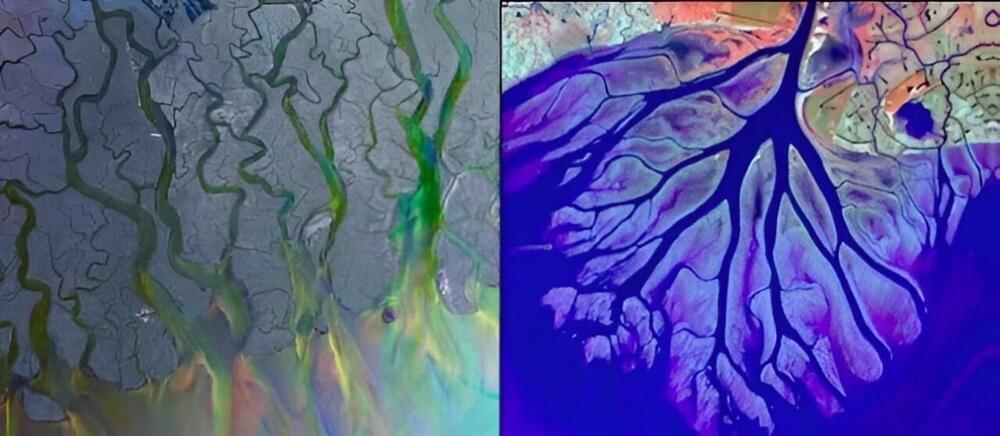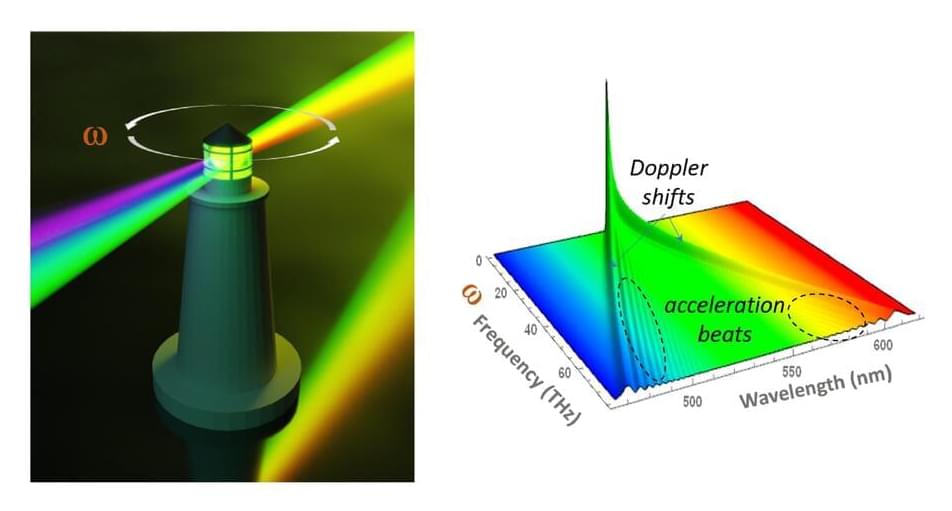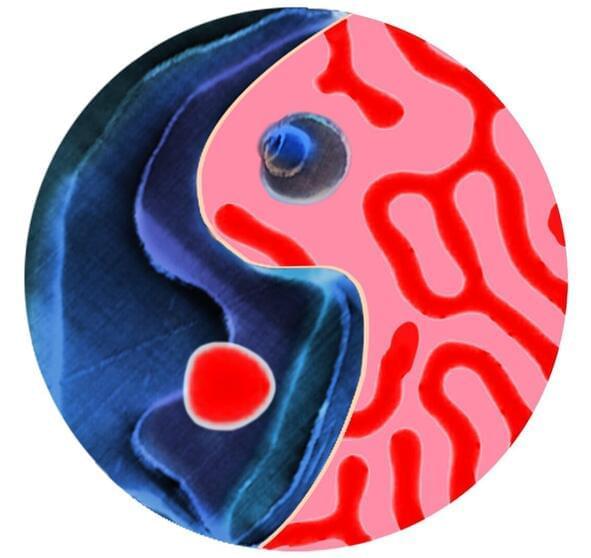NASA astronauts Mike Barratt, Matt Dominick, Tracy C. Dyson, Jeanette Epps, Butch Wilmore, and Suni Williams share a Fourth of July message and extend their best wishes to those back on Earth in a video recorded on June 28, 2024.
The crew members are currently living and working aboard the International Space Station. Their missions aim to advance scientific knowledge and test new technologies for future human and robotic missions to the Moon and Mars, including NASA’s Artemis lunar missions.
Learn more about the International Space Station: https://www.nasa.gov/international-sp…
Credit: NASA
#Space #SpaceStation #Astronauts

